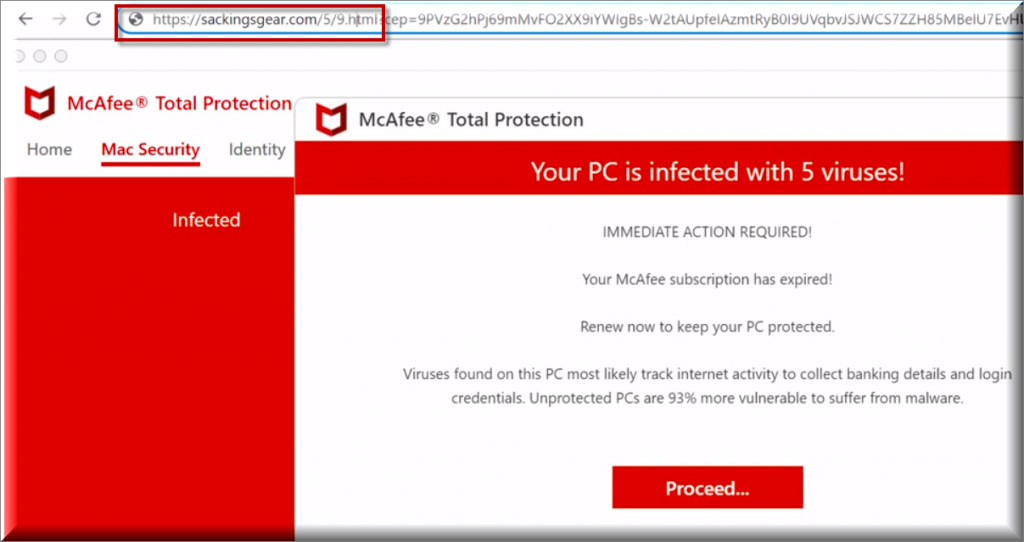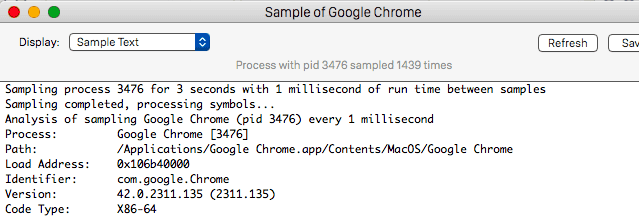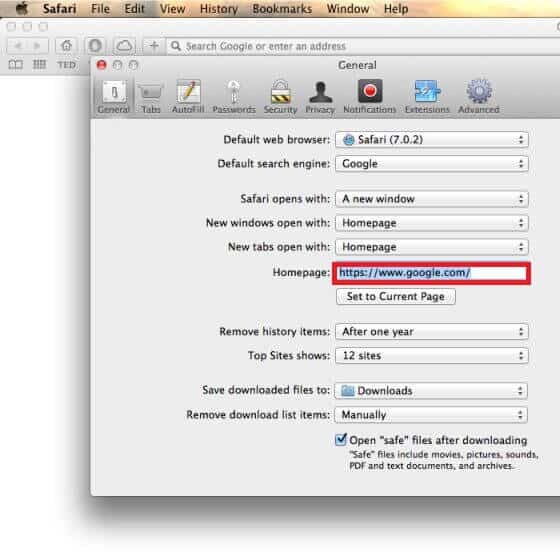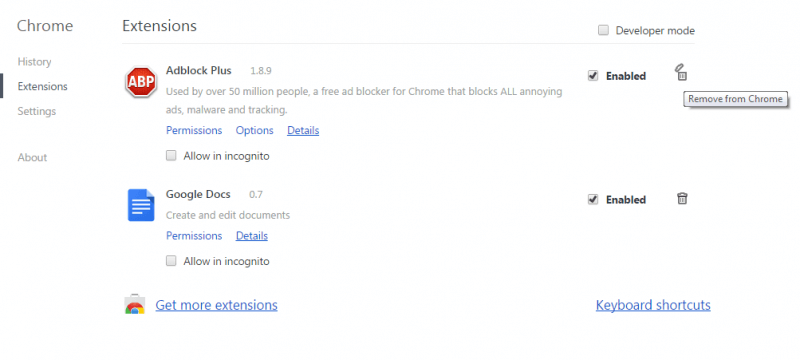Sackingsgear
Sackingsgear is a rogue browser extension for macOS browsing programs like Safari, Chrome, Firefox and others. Sackingsgear integrates with these browsers and hijacks their settings in order to display web ads during your browsing sessions.

If you find it hard to navigate different web pages because dozens of advertisements, banners, pop-ups, and automatic page redirects regularly interrupt your browsing, then that can already be a sure sign that you’re dealing with a browser hijacker. Specifically, a new representative of browser hijackers called Sackingsgear. These types of programs are not dangerous, but they are notorious for the intrusive ads they can display in your Chrome, Firefox, Explorer, or any other popular browser, as well as the changes they tend to apply to the settings of the homepage, the new-tab page, or the default search engine.
Sackingsgear for Mac
When Sackingsgear for Mac is installed in your browser, a sponsored homepage or new toolbar can replace your current ones. In addition, Sackingsgear for Mac may start to conduct automatic page redirects to third-party sites, full of deals and pay-per-click ads.
Luckily, there’s nothing particularly dangerous about this and we’re going to explain to you precisely how to remove these ads and uninstall their source.
To do this, the steps in the removal guide below will need to be carefully followed, as they will assist you in identifying, and manually removing all the traces related to Sackingsgear. You will no longer see all of these banners, and messages popping up on your screen, and you’d be able to restore your preferred browser settings. But it is essential to get to know the specifics of this kind of programs before scrolling down to the removal guide.
What is Sackingsgear?
Sackingsgear belongs to a software category that is developed to serve as an online advertising tool. The creators of hijackers like Sackingsgear usually earn revenue from the ads displayed by their hijackers.
When random advertisements begin popping up all over your screen, and automatic page redirects begin to interrupt your web browsing, you may initially think that this is the result of malware activity. However, we should inform you that browser hijackers like Sackingsgear, and actual threats like viruses, Ransomware, Trojans, or Spyware have significant differences.
Generally speaking, a browser hijacker cannot trigger any immediate harmful activity on your computer. At its worst such software can only spam you with its endless banners, popups and other online ads. Security experts typically see it as one of the relatively harmless applications you could land, because it cannot damage your files or harm your system. On the other hand, real viruses such as a Ransomware can not only compromise the computer, but can also encrypt your data and demand a ransom from you.
The Sackingsgear app
The Sackingsgear app was likely bundled together with another free application that you recently downloaded and installed on your Mac. Hence, the Sackingsgear app did not self-install, which is another significant difference between hijackers and viruses.
However, we must also be fair and point out the potential risks of having an active browser hijacker in the system. Therefore, we need to say that there is still a chance of bumping into threats thanks to the hijacker’s automatic redirects and aggressive exposure to ads. What’s more, malvertising is one of the most common malware distribution techniques, and we should warn you about it.
This infection technique is based on the distribution of malicious ads in the form of random pop-ups, oftentimes together with other legitimate advertisements. If you click on such a compromised ad that may as well be generated by a program like Sackingsgear, you may land on some malware-infested site, or be redirected to illegal internet sites where you may get infected with Ransomware, Trojans and other viruses. Therefore, it is best to uninstall the browser hijacker from your machine using the instructions below.
SUMMARY:
| Name | Sackingsgear |
| Type | browser hijacker |
| Danger Level | Medium (nowhere near threats like Ransomware, but still a security risk) |
| Symptoms | An unstoppable stream of ads may start to spam your screen. A new homepage or new a search engine may replace your default one. |
| Distribution Method | Software bundling is one of the most common methods for distribution of browser hijackers. |
| Detection Tool |
Remove Sackingsgear from Mac

The first thing you need to do is to Quit Safari (if it is opened). If you have trouble closing it normally, you may need to Force Quit Safari:
You can choose the Apple menu and click on Force Quit.
Alternatively you can simultaneously press ⌘ (the Command key situated next to the space bar), Option (the key right next to it) and Escape (the key located at the upper left corner of your keyboard).
If you have done it right a dialog box titled Force Quit Applications will open up.
In this new dialog window select Safari, then press the Force Quit button, then confirm with Force Quit again.
Close the dialog box/window.

WARNING! READ CAREFULLY BEFORE PROCEEDING!
Start Activity Monitor by opening up Finder, then proceed to ![]()
Once there, look at all the processes: if you believe any of them are hijacking your results, or are part of the problem, highlight the process with your mouse, then click the “i” button at the top. This will open up the following box:

Now click on Sample at the bottom:

Do this for all processes you believe are part of the threat, and run any suspicious files in our online virus scanner, then delete the malicious files:


The next step is to safely launch Safari again. Press and hold the Shift key while relaunching Safari. This will prevent Safari’s previously opened pages from loading again. Once Safari is opened up, you can release the Shift key.
On the off chance that you are still having trouble with scripts interrupting the closing of unwanted pages in Safari, you may need to take some additional measures.
First, Force Quit Safari again.
Now if you are using a Wi-Fi connection turn it off by selecting Wi-Fi off in you Mac’s Menu. If you are using a cable internet (Ethernet connection), disconnect the Ethernet cable.

Re-Launch Safari but don’t forget to press and hold the Shift button while doing it, so no previous pages can be opened up. Now, Click on Preferences in the Safari menu,

and then again on the Extensions tab,

Select and Uninstall any extensions that you don’t recognize by clicking on the Uninstall button. If you are not sure and don’t want to take any risks you can safely uninstall all extensions, none are required for normal system operation.
![]()
The threat has likely infected all of your browsers. The instructions below need to be applied for all browsers you are using.
Again select Preferences in the Safari Menu, but this time click on the Privacy tab,

Now click on Remove All Website Data, confirm with Remove Now. Keep in mind that after you do this all stored website data will be deleted. You will need to sign-in again for all websites that require any form of authentication.
Still in the Preferences menu, hit the General tab

Check if your Homepage is the one you have selected, if not change it to whatever you prefer.

Select the History menu this time, and click on Clear History. This way you will prevent accidentally opening a problematic web page again.
![]() How to Remove Apple Care Protection Plan From Firefox in OSX:
How to Remove Apple Care Protection Plan From Firefox in OSX:
Open Firefox, click on ![]() (top right) ——-> Add-ons. Hit Extensions next.
(top right) ——-> Add-ons. Hit Extensions next.

The problem should be lurking somewhere around here – Remove it. Then Refresh Your Firefox Settings.
![]() How to Remove Apple Care Protection Plan From Chrome in OSX:
How to Remove Apple Care Protection Plan From Chrome in OSX:
Start Chrome, click ![]() —–>More Tools —–> Extensions. There, find the malware and select
—–>More Tools —–> Extensions. There, find the malware and select ![]() .
.

Click ![]() again, and proceed to Settings —> Search, the fourth tab, select Manage Search Engines. Delete everything but the search engines you normally use. After that Reset Your Chrome Settings.
again, and proceed to Settings —> Search, the fourth tab, select Manage Search Engines. Delete everything but the search engines you normally use. After that Reset Your Chrome Settings.
If the guide doesn’t help, download the anti-virus program we recommended or try our free online virus scanner. Also, you can always ask us in the comments for help!

Leave a Reply